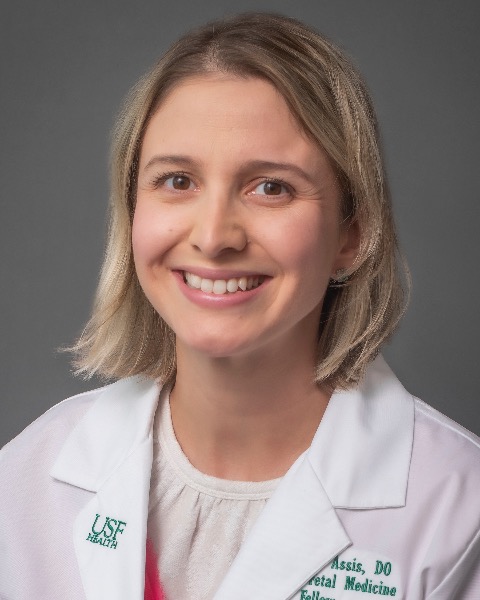Category: Basic Science
Poster Session III
(911) 15-Hydroxyprostaglandin dehydrogenase: the samurai of trophoblasts induces uterine quiescence through decidual interactions
Study Design:
Human 1st trimester EVT cell line (HTR8) was treated with condition media supernatants (CMS) obtained from term decidual cell (TDC) cultures exposed to control (E2) or decidualization stimuli (E2+MPA+cAMP) for 48h. HTR8 cells were also incubated for 48h with CMS from TDC treated 6h with THR (1U/ml) or LPS (5ug/ml) or IL1β (10ng/ml). HPGD mRNA and protein levels were quantified with qPCR (n=3) and immunocytochemistry. Statistical analysis used t-test with P< 0.05 for significance.
Results: Treatment of HTR8 cells with CMS from decidualized TDC significantly increased HPGD mRNA and protein levels vs. CMS from E2-treated (control) TDCs (P=0.001). Conversely, CMS from TDCs pre-treated with THR or LPS or IL1β significantly reduced HPGD expression vs. control CMS treated HTR8 cells (P< 0.05).
Conclusion: Significant induction of HPGD in HTR8 cells by decidualized CMS indicates a novel decidual cell specific paracrine mechanism at the maternal-fetal interface. However, THR, LPS or IL1β inhibit decidual cell induced HPGD expression in trophoblast, which results in elevated PG levels, thereby contributing to abruption or chorioamnionitis associated PTB.

Viviana de Assis, DO
Maternal Fetal Medicine Fellow
University of South Florida
Tampa, Florida, United States
Viviana de Assis, DO
Maternal Fetal Medicine Fellow
University of South Florida
Tampa, Florida, United States- OG
Ozlem Guzeloglu-Kayisli, MSc, PhD
University of South Florida
Tampa, Florida, United States - AO
Asli Ozmen, PhD
PhD scientist
University of South Florida Morsani College of Medicine
Tampa, Florida, United States - NS
Nihan Semerci-Gunay, MSc
University of South Florida
Tampa, Florida, United States - AH
Al-Hasan Hasan, MD
Medical Doctor
University of South Florida Morsani College of Medicine
Tampa, Florida, United States - CL
Charles Lockwood, MD
University of South Florida
Tampa, Florida, United States - UK
Umit Kayisli, PhD
University of South Florida
Tampa, Florida, United States

.png)
